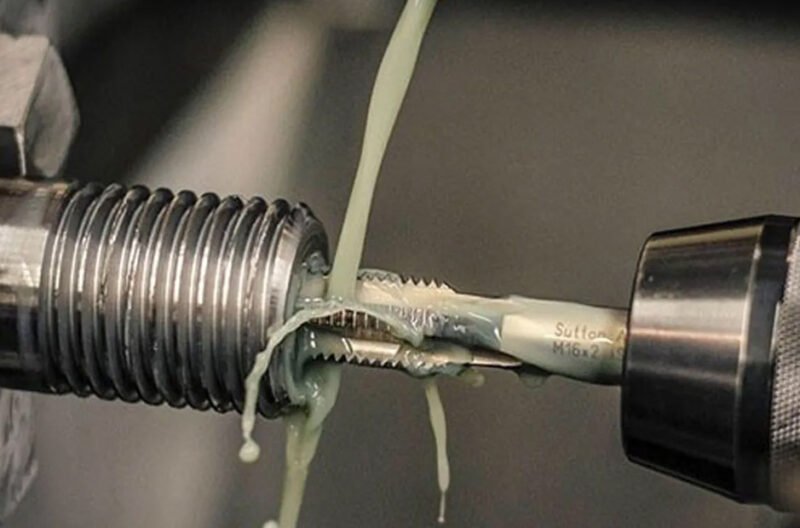The process of threading is an essential one during machining, which allows the joining of mechanical units. Companies that produce automotive components, aerospace products, and industrial equipment are engaged in the manufacturing of items with threads.
Thread compatibility and precision can mean the difference between a good and a poor-performing product. The notion of the thread class is one of the many factors that define the quality of the thread that people should not overlook.
Although understanding thread class is technically related, this is not only the domain of engineers, but also of machinists, quality controllers, and procurement personnel who know about tapping operations. The given blog explores the nature of thread class, its importance, and the ways it affects tapping in industries.
What Is Thread Class?
Thread class is the level of tolerance of the internal (female) and the external (male) thread. Expressed in layman’s terms, it is what the level of tightness or looseness of fit will be when assembling two threaded parts.
Using this classification system, the dimensional tolerances and allowances that are applied to a thread determine many of the characteristics of the assembly process, threaded connection performance, and threaded connection life.
Thread classes are represented numerically and alphabetically in the Unified Thread Standard (UTS) system, commonly used in the U.S. and numerous industries throughout the world.
Typical designations are 1A, 2A, and 3A (upstream) and 1B, 2B, and 3B (downstream).
Class 1 gives the least tight fitting, best suited to those applications where speed of assembly and disassembly is more critical than precision.
Class 2 is the most popular, and they have a blend of ease of manufacture and performance.
Class 3 offers a close fit on applications of precision or stress.
Why Thread Class Matters in Industrial Tapping
Fit and Function: A close thread fit provides improved resistance to vibration or load, which is critical in high-stress applications such as aerospace or automotive components. The fit should, however, be tight enough not to cause assembly difficulties or breakage during tapping.
Production Efficiency: If a tighter tolerance thread (such as Class 3B) is used, then tooling and the machining of the product will become even more finely calibrated and slow, which may prove to be a time and cost factor in production. On the other hand, looser (such as Class 1B) might be faster to manufacture, though not suited to critical parts.
Tool Selection: The class of threads can affect the kind of tap. For instance, a form tap is often chosen for materials like aluminum and copper, where chips need to be minimized. It forms threads by pushing and not cutting them, rendering it applicable to specific classes of threads and materials.
Thread Gauging and Quality Control: The manufacture of threads to a given class of threads requires a high level of process control as well as gauging of said thread stock. Go/No-Go thread gauges are often used just to be sure that threads are within the acceptable class tolerance. Failure to observe the thread class would result in rejection or failure in the application.
Material Consideration: Some materials behave differently when under the stress of machining. A thread class of higher value on softer material can result in deformation or stripping. The relationship of thread class to the material is critical to make correct choices in tapping parameters.
Thread Class and Tool Wear
There is also the wear and tear of the tools that should be taken into account in industrial tapping operations. Narrower thread classes typically increase friction, which can accelerate tool wear. This is particularly evident in the process of cutting hard materials or through the use of taps that are not optimised for the class of threads.
In such cases, using a form tap instead of a cutting tap may be advantageous. Not only does a form tap reduce chip issues, but it also tends to have a longer lifespan under high-load conditions, especially in ductile materials. Nevertheless, it is essential to match the appropriate tap with the proper thread classes and material in order not to compromise performance.
Conclusion
Thread class may seem like a minute detail in the grand scope of industrial manufacturing, but its impact on product quality, tool wear, efficiency, and safety is substantial.
It regulates the capabilities of the fit of parts with each other, their durability, and the ease with which they might be fabricated.
Whether you’re a designer choosing tolerances or a machinist selecting the right tap, like a form tap, an in-depth understanding of thread class ensures better outcomes across the production line.
When it comes to the industrial tapping world, everything is about precision, and thread class is one of the players that help achieve it.






